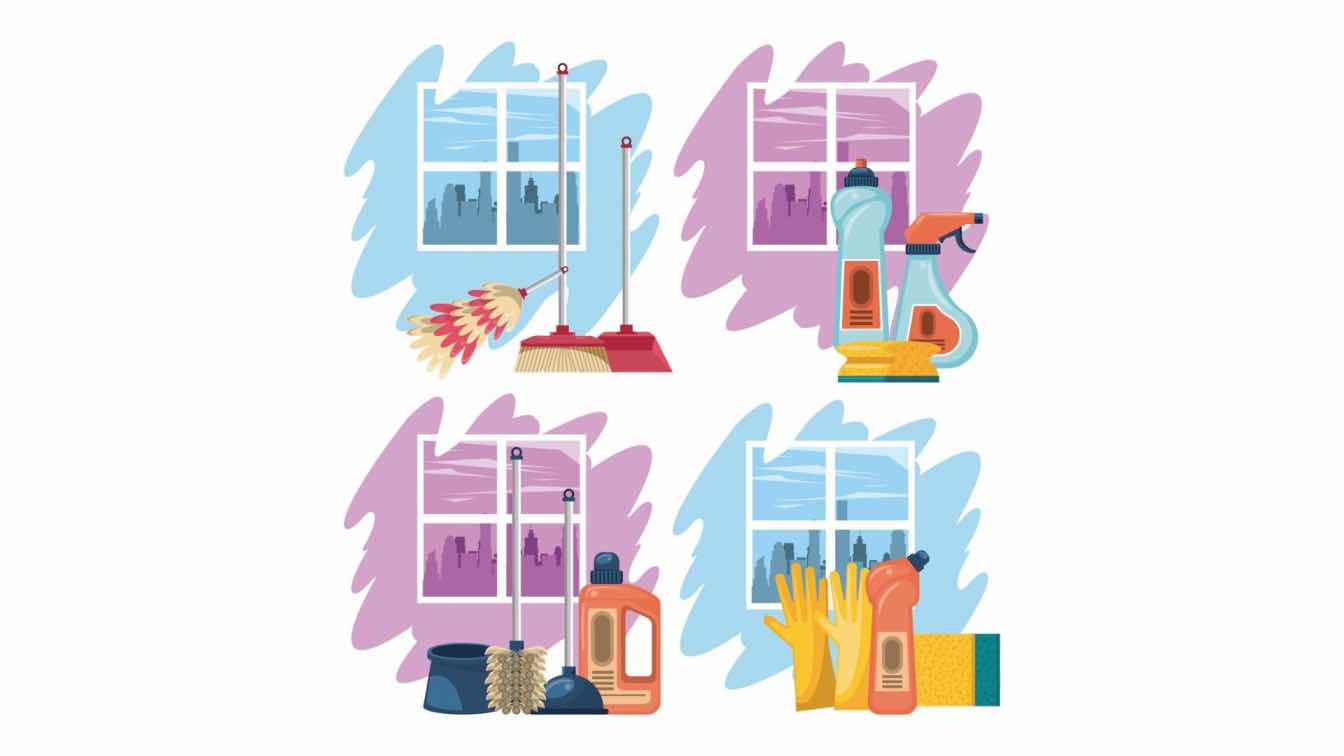Floor insulation is a critical component of modern construction, often overlooked, but it plays a significant role in creating a comfortable, energy-efficient home. It forms the barrier between the cold ground and the heated interior, effectively reducing heat loss, enhancing comfort, and saving on energy costs. The concept of floor insulation isn't new, but with constant advancements in technology and materials, it has become a more complex field, requiring thoughtful consideration and careful planning.
Understanding the basics of floor insulation is the first step in making informed decisions. It involves insulating the ground floor, which could either be a concrete slab or a suspended timber floor, and sometimes, the upper floors of a building. The choice of insulation technique and material depends on the type of floor and the specific requirements of the building.
Floor insulation is not a one-size-fits-all solution. It requires customisation to suit the particular needs of a building, taking into account the climate, the building's design, the occupants' lifestyle, and the available budget. This article aims to guide you through the essentials of floor insulation, including its importance, how to choose the right insulation, its installation process, benefits and drawbacks, and maintenance tips.
The Importance of Floor Insulation
Floor insulation is integral to the overall thermal performance of a building. By insulating the floor, you can significantly reduce the amount of heat that is lost through it, thereby keeping your home warmer in the winter and cooler in the summer. This not only improves comfort levels but also decreases energy consumption, contributing to environmental conservation and reducing your energy bills.
Furthermore, floor insulation can help mitigate dampness and moisture issues. By providing a barrier against the cold, damp ground, it prevents condensation and subsequent mould growth, ensuring a healthier living environment. It also provides a level of sound insulation, reducing noise transmission between floors, contributing to a quieter and more peaceful home.
Besides these practical benefits, floor insulation can also increase the value of a property. A well-insulated home is seen as energy-efficient and eco-friendly, two qualities highly sought after in today's property market. Therefore, investing in floor insulation can enhance your home's desirability and potentially fetch a higher selling price. Click here to find out more.
How to Choose the Right Floor Insulation
Selecting the right floor insulation depends on several factors, including the type of floor, the climate, and the specific insulation requirements. When considering insulation under the floor, one must consider the material's R-value, which measures its resistance to heat flow. Higher R-values indicate better insulating properties.
Commonly used materials for floor insulation include mineral wool, polystyrene boards, and polyurethane foam. While mineral wool is typically cheaper and easier to install, polystyrene boards and polyurethane foam offer higher R-values and longer lifespans. However, these materials come with a higher price tag and may require professional installation.
In addition to the material choice, you also need to consider the thickness of the insulation, the installation method, and the potential impact on floor height. You should consult with an insulation expert or a building professional to ensure you're making the right choice for your home.
The Process of Floor Insulation Installation
The process of floor insulation installation varies depending on the type of floor and the chosen insulation material. For a concrete slab floor, the insulation is typically installed beneath the slab, with a vapour barrier placed between the insulation and the slab to prevent moisture ingress.
In the case of a suspended timber floor, the insulation can be installed from above or below, and can be installed by an underfloor insulation robot.installed from above, the existing floorboards are lifted, the insulation material is laid between the joists, and the floorboards are then reinstalled. If installed from below, the insulation material is fixed to the underside of the joists, typically using a netting or a similar method to hold it in place.
Floor insulation installation is a complex task that requires careful planning and precise execution. It's recommended to hire a professional installer to ensure the job is done correctly and safely. However, if you're a confident DIYer, you can tackle the job yourself, but ensure you're equipped with the right tools and safety gear and follow the manufacturer's instructions to the letter.
The Benefits and Drawbacks of Floor Insulation
Floor insulation offers numerous benefits, including improved thermal comfort, reduced energy bills, decreased environmental impact, enhanced property value, and mitigation of moisture issues.
How to Maintain Your Floor Insulation
Once your floor insulation is installed, it's crucial to maintain it properly to ensure its longevity and performance. Regular inspections are key to identifying any issues early, such as dampness, pest infestation, or damage to the insulation material.
If you notice any dampness or condensation, it's important to address the source of the moisture immediately to prevent further damage. Similarly, if you detect any signs of pests, you should consult a pest control professional to eliminate the infestation and prevent it from recurring.
In the event of damage to the insulation material, it may be necessary to replace the affected sections. This should be done as soon as possible to maintain the floor's thermal performance. It's also essential to ensure that any renovations or alterations to the floor do not compromise the insulation.
Conclusion
In conclusion, floor insulation is an essential aspect of a comfortable, energy-efficient home. By understanding its importance, knowing how to choose the right insulation, understanding the installation process, and being aware of the benefits and drawbacks, you can make informed decisions that will enhance the comfort, value, and sustainability of your home. Regular maintenance is also key to ensuring the longevity and performance of your insulation. Remember, an energy-efficient home starts from the ground up, and floor insulation is a significant part of that foundation.





